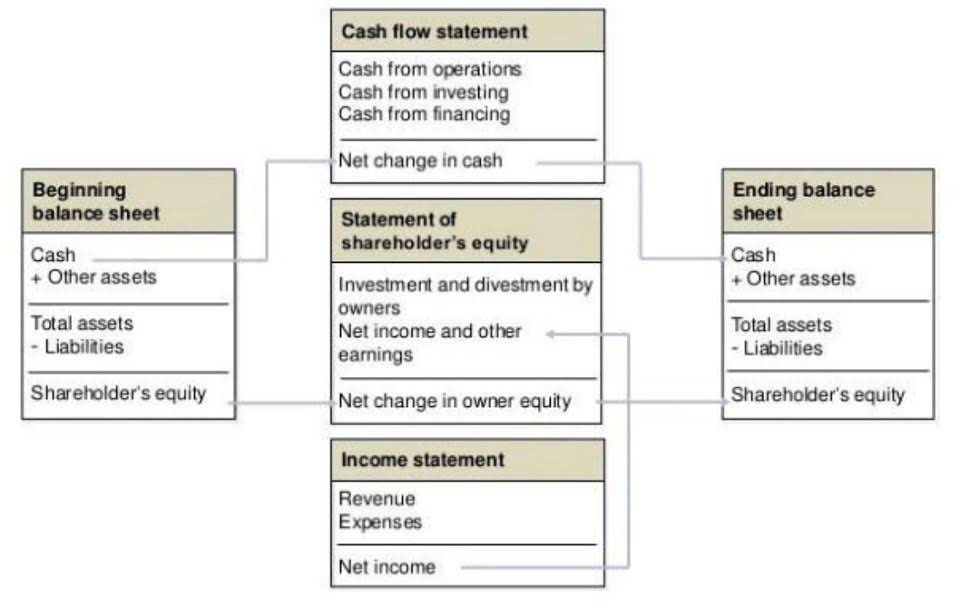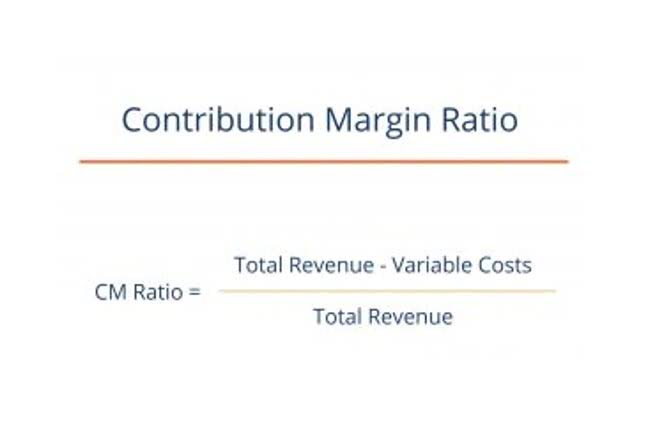Understanding the intricacies of Section 1256 is crucial for traders who wish to optimize their tax strategies. This section of the tax code is particularly relevant for those dealing in futures contracts, foreign currency contracts, non-equity options, dealer equity options, and dealer securities futures contracts. The primary advantage of Section 1256 is the 60/40 tax rule, which allows for 60% of gains or losses to be treated as long-term capital gains or losses, and the remaining 40% as short-term. This can lead to significant tax savings, especially since long-term capital gains are taxed at a lower rate than short-term gains.
It states that investments in a derivative instrument, when retained until the end of the year, are considered sold at fair market value when the relevant year for taxation concludes. The primary benefit of trading these types of contracts is their tax advantages compared to other equity investments. With these contracts, traders may deduct 60% of their losses against ordinary income (up to $3,000 per year). Any gains realized from holding these contracts for one year or longer are taxed at the lower long-term capital gains rate instead of the higher short-term capital gains rate. This means that traders who purchase and hold these types of contracts for more than a year can save substantially on taxes due when compared to other equity investments.
How are Section 1256 Contracts Taxed?
It’s always recommended to consult with a tax professional to understand the specific implications for your individual situation. Remember, tax laws can be complex and subject to change, so staying informed and seeking professional advice is key to optimizing your tax strategy. To illustrate these points, let’s consider an example. Suppose a trader enters into a futures contract on January 1st at a price of $50,000.
How To Use Section 1256 Contracts To Your Advantage
To qualify, these contracts must meet specific conditions, such as being traded on a qualified board or exchange. FCCs are marked-to-market annually, with gains and losses recognized at year-end. The 60/40 split applies here as well, offering traders potential tax advantages when dealing with currency fluctuations.
Staying informed about legislative changes that section 1256 contracts could impact Section 1256 contracts is also crucial for maintaining compliance and optimizing tax strategies. This provision introduces distinct rules that significantly affect tax liabilities. Below, we explore the types of financial instruments covered under Section 1256, the mandated calculation methods, and the filing requirements to ensure accurate tax reporting.
Since then, it has been expanded to include other types of contracts, such as options and currencies. A capital gain refers to the profit earned from the sale of an asset that was purchased at a lower price. In the United States, capital gains are taxed by the federal government and sometimes by state governments as well. The tax rate for capital gains depends on various factors such as the type of asset, the holding period, and the individual’s income tax bracket. Such determination shall be made to the extent appropriate to carry out the purposes of this section. Form 6781 has separate sections for straddles and Section 1256 contracts, meaning that investors have to identify the specific type of investment used.
98–369, § 107(d), inserted “(or such earlier time as the Secretary may prescribe by regulations”. 98–369, § 107(c), inserted “(or such earlier time as the Secretary may prescribe by regulations)”. The term “unrecognized gain” has the meaning given to such term by section 1092(a)(3).
Forms & Instructions
- Mark-to-market accounting, also known as fair value accounting, is a method of measuring the fair value of assets and liabilities on an ongoing basis for financial reporting purposes.
- (4) Limitation on losses from hedging transactions.
- From the perspective of a day trader, the mark-to-market accounting method mandated by Section 1256 simplifies the process as it negates the need to track individual transactions for tax purposes.
- It allows 60% of gains or losses to be treated as long-term and 40% as short-term, regardless of how long the position is held.
- Additionally, Section 1256 contracts are exempt from the wash sale rule, which can complicate tax reporting for other types of investments.
Consult with a tax advisor for any clarification to ensure you are complying with all tax rules. A profit or loss on the fair market value of the contracts should be calculated regardless of whether they were actually sold for a capital gain or a loss. Section 1256 contracts prevent tax-motivated straddles that would defer income and convert short-term capital gains into long-term capital gains. The tax rates that apply to Section 1256 contracts depend on the taxpayer’s overall tax bracket.
- What makes a Section 1256 contract unique is that each contract held by a taxpayer at the end of the tax year is treated as if it was sold for its fair market value, and gains or losses are treated as either short-term or long-term capital gains.
- The primary allure of Section 1256 for traders lies in the unique 60/40 tax rule, which allows for 60% of gains or losses to be treated as long-term capital gains or losses, and the remaining 40% as short-term, regardless of the holding period.
- Unless otherwise stated, each offer is not available in combination with any other TurboTax offers.
- For example, consider a trader who enters into a futures contract at the beginning of the year when it’s valued at $10,000.
- The trader has an unrealized gain of $5,000, which must be reported on their tax return.
Reporting Requirements for Traders
It’s particularly relevant to Section 1256 contracts, which are IRS-recognized derivative instruments, including regulated futures contracts, foreign currency contracts, non-equity options, dealer equity options, and dealer securities futures contracts. Understanding Section 1256 is crucial for traders, especially when it comes to retirement accounts. This section of the Internal Revenue Code (IRC) deals with the taxation of certain types of contracts, including regulated futures contracts, foreign currency contracts, non-equity options, dealer equity options, and dealer securities futures contracts.
Understanding the Special Rules and Exceptions of Section 1256 is crucial for traders who wish to navigate the complexities of contract taxation effectively. This section of the tax code is particularly relevant for those dealing with futures contracts, foreign currency contracts, non-equity options, dealer equity options, and dealer securities futures contracts. The primary allure of Section 1256 for traders lies in the unique 60/40 tax rule, which allows for 60% of gains or losses to be treated as long-term capital gains or losses, and the remaining 40% as short-term, regardless of the holding period. This blended rate can offer significant tax savings, especially considering that long-term capital gains are taxed at a lower rate than short-term gains. Understanding the reporting requirements for traders under Section 1256 is crucial for accurate tax filings and compliance.
Options on Futures
By the end of the year, the market value rises to $15,000. Under mark-to-market accounting, the trader must report a $5,000 gain on their tax return for that year, even if they haven’t sold the contract yet. Section 1256 offers a unique tax advantage for eligible contracts, but it requires a thorough understanding of the rules and the types of contracts that qualify. Traders should consult with a tax professional to ensure they are making the most of this section of the tax code.
If the long-term rate is 15% and the short-term rate is 35%, the trader would pay $9,000 in long-term taxes and $14,000 in short-term taxes, totaling $23,000. Without the 60/40 rule, the entire gain taxed at the short-term rate would result in a tax liability of $35,000, demonstrating a clear tax advantage. To illustrate, let’s consider an example where a trader enters into a regulated futures contract and experiences a gain of $10,000.
This section of the tax code is particularly relevant for traders dealing with non-equity options, futures contracts, and foreign currency contracts. These financial instruments are considered Section 1256 contracts and are subject to special tax treatment. The key advantage of Section 1256 for traders is the 60/40 tax rule, which allows for 60% of gains or losses to be treated as long-term capital gains or losses, and the remaining 40% as short-term, regardless of the holding period. This can lead to significant tax savings, especially considering that long-term capital gains are taxed at a lower rate than short-term gains.






